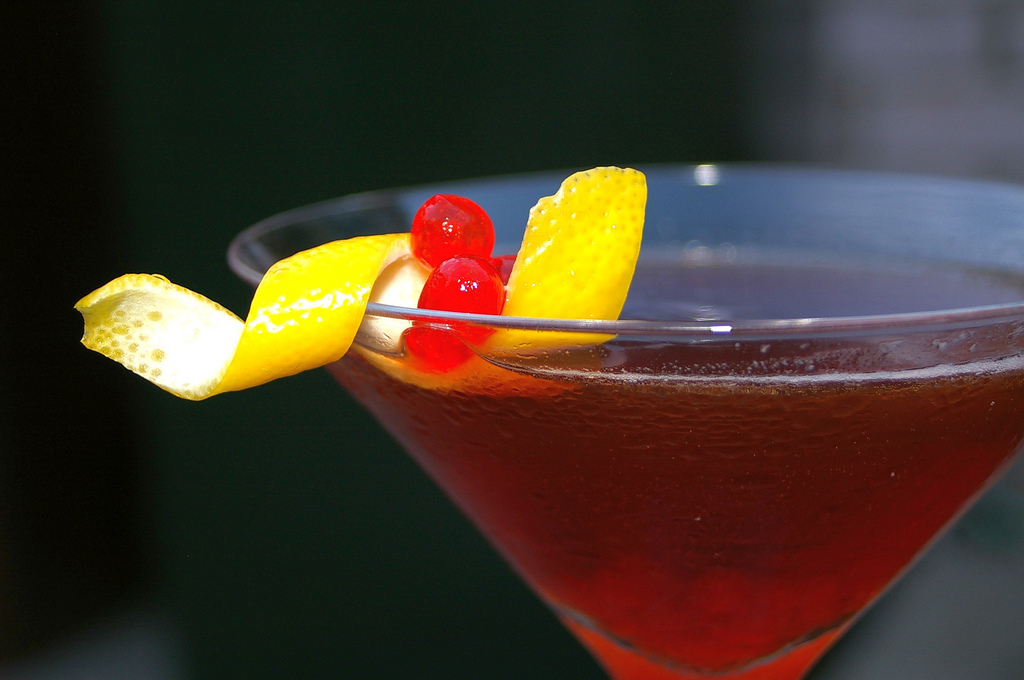Recently a new consumer trend has been gaining traction in the US and UK, one that could be an unlikely cash cow for restauranteurs and bar owners. "Mocktails", virgin cocktails, have been around for some time, but were previously just liquor-free, sugar laden soda alternatives. Now, however, the beverages are gaining popularity and earning top spots on menus in all kinds of restaurant and bar establishments. Bartenders everywhere are honing their craft and exploring emerging liquors, and trying new flavors, many of which work incredibly well even in the absence of alcohol. While the non-alcoholic beverages may not keep your bar full on a Saturday night, they are an easy way to increase revenue and open up your drinks menu to a larger demographic.
So why have mocktails suddenly become so en vogue? One possible contributing factor may be the rise of craft brewing and distilling, combined with consumer's expanding taste palettes. New and exciting cocktails, and specialty cocktail bars, are popping up all over the US, from New York to San Francisco. The wide variety of available craft brews, as well as distilled spirits such as small batch gin, pair well with an increasing number of complex flavors and ingredients. With so many great options for liquors, and the number of great flavor profiles available, it is no wonder that consumers are developing a taste for high quality mixers as well. With experienced bartenders exposing consumers to ever expanding flavors, such as elderflower, anise, and ginger, it only makes sense that those who do not (or cannot) drink alcohol would want to get in on the fun.
Think of the bridesmaid who is expecting, but still wants to have fun at her friend's bachelorette party, or the designated driver who wants to get in on the fancy cocktail fun. There are a hole host of scenarios in which mocktails make perfect sense. The best thing about the virgin cocktails, for bar owners, is that the ingredients necessary are already on hand, and the margins are even better than on alcoholic beverages. That means bars can charge an increase of $2-4 (or even more) for mocktails over traditional non-alcholoic options such as soda and juice. Plus, your bartender can whip them up just as easily, if not more-so, as alcoholic mixed drinks. Offering a comprehensive set of virgin cocktails is good for consumers, as well as restaurant and bar owners.
There are some important things to keep in mind when crafting your mocktail drink menu. Firstly, it is not always as simple as removing the alcoholic component from existing cocktails, though your current drink menu can help by serving as inspiration. While regular mixed drinks use ingredients that complement the flavor of the liquor, the flavors in mocktails need to compliment each other as well as stand out on their own. Secondly, club soda with strawberry flavored syrup does not a virgin cocktail make, so get creative and figure out ways to give the drinks a complex taste that will keep customers interested. You can try adding less common ingredients such as Angostura bitters, agave syrup and fresh ginger. According to research by Technomic, lemon and lime remain the most popular flavors for mocktails, with apple and ginger following closely.
Do you have any mocktails on your menu, or have any planned? Let us know via Facebook, Google+, LinkedIn and Twitter.
Source: Technomic, Image Credit (Flickr)
Toggle Nav
 Tablebases.com
Tablebases.com
 Tablebases.com
Tablebases.com
Search
Toll Free

